SOURCE: AFI

Skyroot Aerospace, a leading Indian space startup, received a significant boost to its operations with a visit from A. Rajarajan, Director of the Satish Dhawan Space Centre SHAR (SDSC SHAR). During his visit to Skyroot’s MAX-Q Campus, Rajarajan gained firsthand insights into the company’s cutting-edge carbon composite manufacturing process.
Skyroot expressed gratitude for the opportunity to showcase its advancements and highlighted the invaluable support received from SDSC SHAR and ISRO, which has been instrumental in the company’s journey towards its maiden orbital mission, Vikram-1.
Continue readingSOURCE: RAUNAK KUNDE / NEWS BEAT / IDRW.ORG

The Indian Navy is looking to bolster its surveillance and reconnaissance capabilities with the development of an indigenous Naval Aerial Robotic System (NARS). This ambitious project aims to create a modular Unmanned Aerial Vehicle (UAV) capable of operating from aircraft carriers.
The NARS is envisioned as a versatile platform with a modular design, allowing for customization based on mission requirements. Key components include the airframe, engine, flight control unit (FCU), navigation system (incorporating the Indian Navigation Satellite System, NAVIC), artificial intelligence for target acquisition and decision-making, and the ability to swarm for enhanced reconnaissance. The system will be equipped with a variety of modular payloads to adapt to different operational scenarios.
Continue readingSOURCE: RAUNAK KUNDE / NEWS BEAT / IDRW.ORG
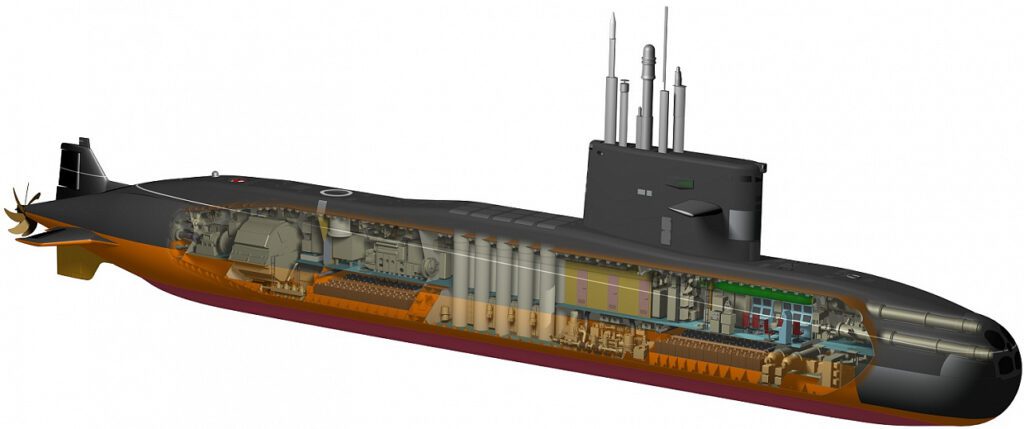
Russia is set to showcase its latest submarine, the Amur 950, at the Army-2024 military-technical forum. Dubbed a ‘floating battery’, this non-nuclear submarine is equipped with vertical missile launchers capable of firing a range of weapons, including the formidable BrahMos cruise missile.
Developed jointly by India and Russia, the BrahMos has already made waves in the global defense market. Its submarine-launched variant, integrated into the Amur 950, significantly enhances the submarine’s offensive capabilities. This development is likely to attract the attention of many countries seeking to bolster their naval power.
Continue readingSOURCE: RAUNAK KUNDE / NEWS BEAT / IDRW.ORG
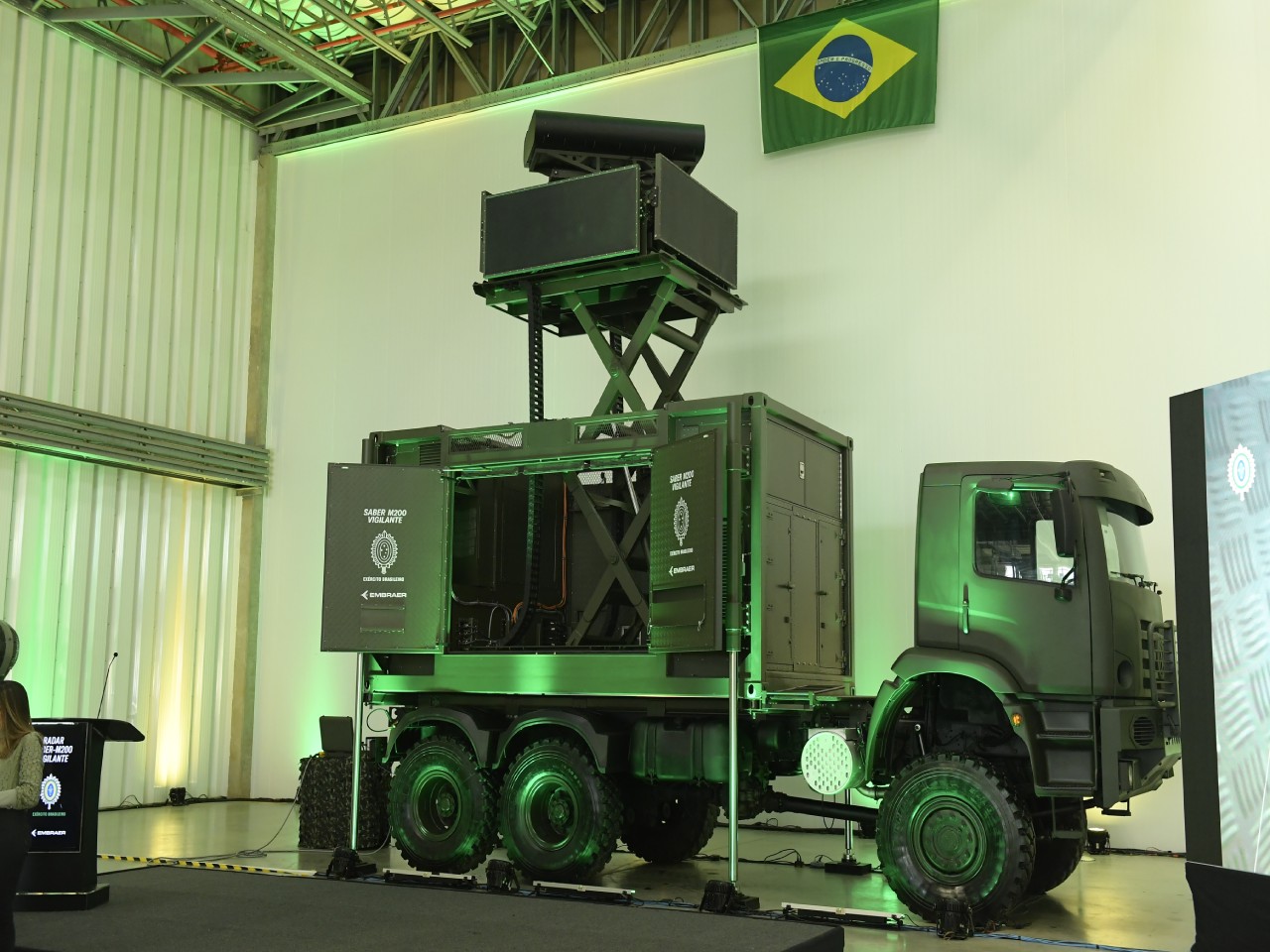
New Delhi has reportedly turned down a Brazilian request to incorporate domestically produced sensors into the final configuration of the Akash NG surface-to-air missile (SAM) system. Brazil had proposed replacing the Indian radar with its M200 Multimissão radar, a product developed from the M60 radar. The South American nation argued that the M200 would be better suited for low-altitude coverage and would offer enhanced multi-target capabilities.
However, India has insisted on maintaining the Akash NG’s original configuration, which includes an advanced Active Electronically Scanned Array (AESA) multi-function radar capable of search, track, and fire control functions. This radar system is seen as a key component of the missile system’s overall effectiveness.
Continue readingSOURCE: AFI

In a promising development for India’s indigenous fighter jet program, a high-level review meeting of the LCA Mk-II project was held at DRDO Bhawan. Secretary, Department of Defence Research and Development & Chairman of DRDO, along with the Deputy Chief of Air Staff, led the discussions.
The meeting involved key stakeholders, including DRDO laboratories and Defence PSUs (Public Sector Undertakings) contributing to the development of various systems and sub-systems for the LCA Mk-II. Representatives from CEMILAC (Central Electro Magnetic Engineering Research Institute) and NFTC (National Flight Test Centre) – crucial players in the prototype’s flight testing – also participated and presented the project’s progress, potential risks, and mitigation plans.
Continue readingSOURCE: AFI
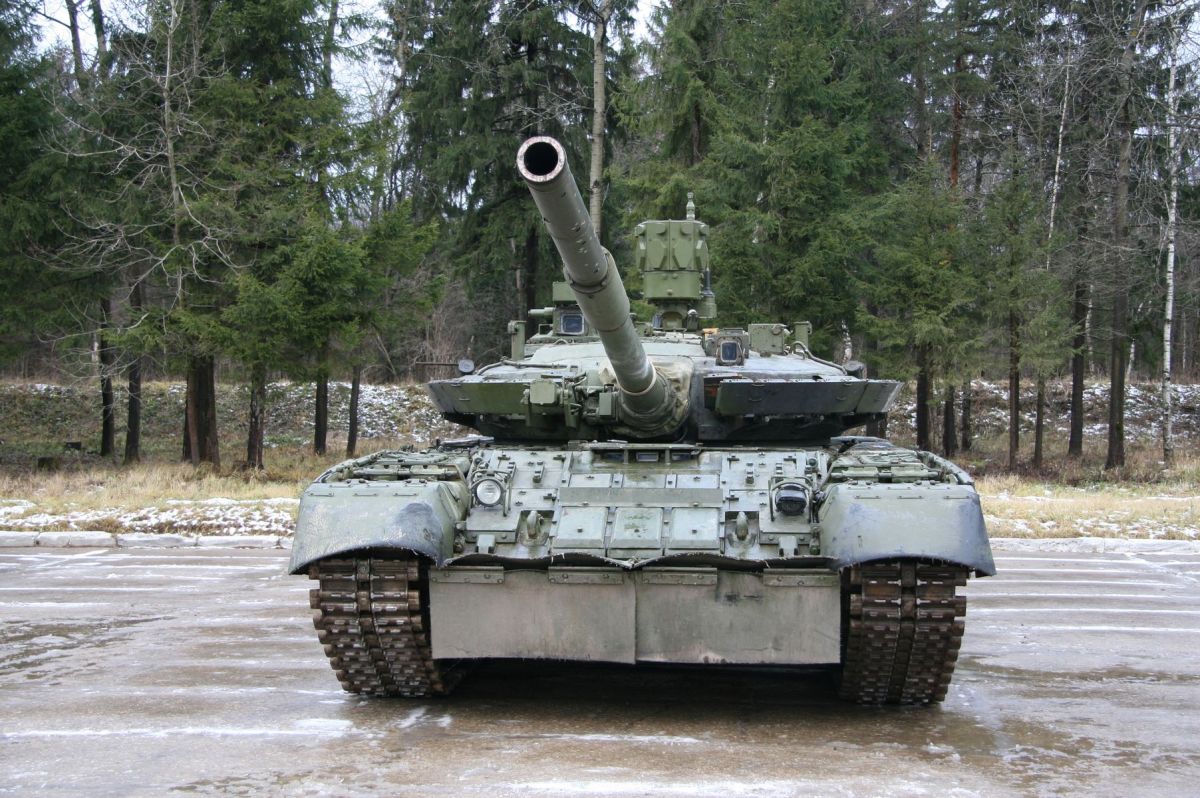
The Defence Research and Development Organisation (DRDO) has confirmed the initiation of development for an Active Protection System (APS) tailored for India’s T-90 Main Battle Tanks (MBTs). Having received clearance last year, the fabrication phase is now underway, with system testing slated to commence either later this year or early next year.
An APS is a crucial defensive suite designed to detect, track, and intercept incoming threats such as anti-tank guided missiles (ATGMs) and tank rounds before they can inflict damage. This system significantly enhances a tank’s survivability on the modern battlefield.
Continue readingSOURCE: AFI

The aerial battleground between India and Pakistan has witnessed a significant escalation in recent times, with both nations vying for supremacy in the skies. A crucial aspect of this aerial dominance is the employment of Airborne Early Warning and Control (AEWC) systems.
Pakistan has made substantial strides in this domain by expanding its fleet of Saab 2000 Erieye AEWC aircraft to nine. While India boasts a smaller fleet of three NETRA AEWC aircraft based on the Embraer ERJ 145 platform, it is actively working to bridge this gap. The Indian Air Force (IAF) plans to induct six more NETRA Mk1A AEWC aircraft, leveraging the enhanced capabilities of the Embraer 145 jet platform.
Continue readingSOURCE: AFI

The Indian Army’s upcoming Zorawar Light Tank is set to be a formidable force on the battlefield, thanks in part to its integration of the advanced John Cockerill 3150 turret. This cutting-edge weapon system is equipped with the M1060CV round, a NATO standard ammunition capable of penetrating an astonishing 560mm of armor at a range of 2000 meters.
This level of firepower is unprecedented for a tank of its class and places the Zorawar in a unique position to engage even the most heavily armored adversaries. The M1060CV round effectively bridges the gap between light and main battle tanks, enabling the Zorawar to hold its own against superiorly armored vehicles.
Continue readingSOURCE: IDRW.ORG TEAM

Domestic aerospace startup, Dg Propulsion Private Limited (DPPL), has made significant strides in India’s indigenous defence manufacturing by showcasing its turbojet engine. This engine is set to power the upcoming high-speed UAVs being developed by state-owned Bharat Dynamics Limited (BDL) for the Indian Army.
While specific details about the engine’s capabilities remain undisclosed, DPPL has previously unveiled its DG J40 mini jet engine and the more powerful DG J60 small turbojet engine. These engines, entirely developed in India, have the potential to propel not only UAVs but also cruise missiles.
Continue readingSOURCE: AFI

The Indian Air Force (IAF) has secured a major boost to its aerial capabilities with the recent clearance for the production of 200 Astra MkI missiles. This indigenous beyond-visual-range air-to-air missile (BVRAAM) is set to replace the aging Russian R-77, significantly enhancing the IAF’s air superiority.
The Astra MkI has undergone rigorous testing and has already been integrated into the Sukhoi Su-30MKI fleet, with plans to equip the Mirage 2000, MiG-29, and Tejas fighters in the future. The transition from the limited series production phase (LSP) to full-scale production is a crucial milestone, enabling domestic production on a larger scale and reducing reliance on foreign suppliers.
Continue readingSOURCE: AFI
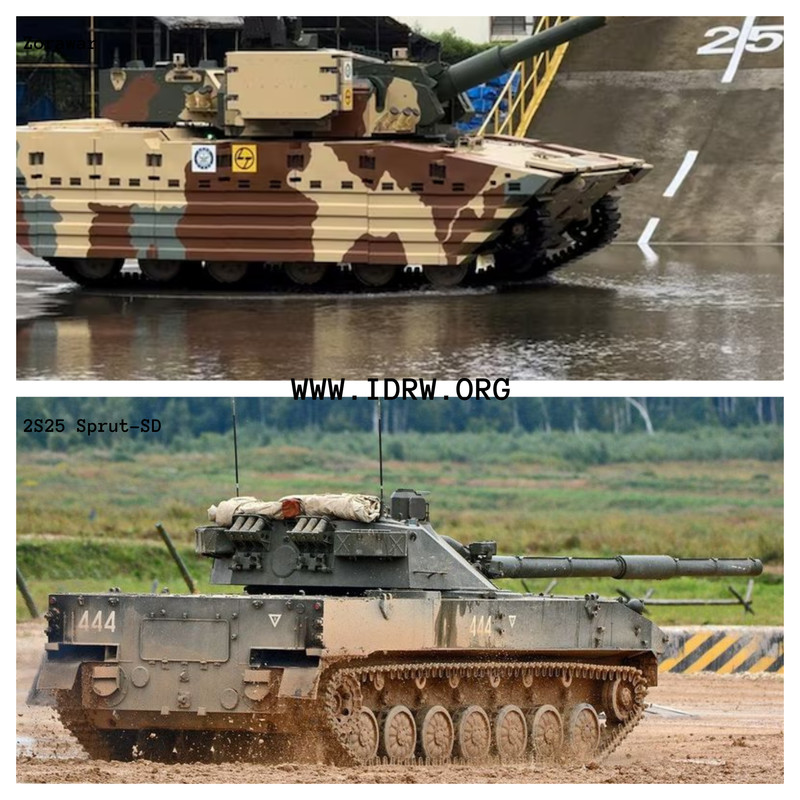
Indian Army’s Light Tank Requirements will see faceoff between DRDO-L&T developed Zorawar Light Tank and AWEIL proposed Russian 2S25 Sprut-SD. This article compares two prominent light tanks: the Indian Zorawar and the Russian 2S25 Sprut-SD. Both of these platforms embody the fusion of mobility and firepower, but they cater to different operational needs and strategic doctrines.
Zorawar Light Tank Developed by India’s Defence Research and Development Organisation (DRDO), addresses the specific needs of the Indian Army, particularly in high-altitude regions like Ladakh and Arunachal Pradesh. The tank is named after Zorawar Singh, a legendary military general known for his campaigns in the Himalayas, reflecting its intended use in mountainous terrain. The Zorawar is part of India’s strategy to counter potential threats along its northern borders, especially from China.
Continue readingSOURCE: AFI

Yesterday, ARTPARK (AI & Robotics Technology Park) played host to Shri Priyank M Kharge, the Minister of IT, BT, and S&T, Government of Karnataka, at their innovative space, ARTgarage. The visit marked a significant milestone in fostering closer collaboration between the government and the deep tech community in Karnataka, with the aim of expanding the region’s technological ecosystem.
During his visit, Shri Priyank M Kharge engaged in dynamic discussions with ARTPARK’s leadership and other key stakeholders. The conversations focused on enhancing the partnership between the government and ARTPARK to further develop and expand Karnataka’s deep tech ecosystem. Recognizing the critical role that emerging technologies like AI and robotics play in the state’s economic future, the minister emphasized the government’s commitment to supporting initiatives that drive innovation and technological advancement.
Continue readingSOURCE: AFI

Recent reports indicate that at least three Chinese state-linked research vessels are currently operating in the Indian Ocean Region (IOR). These vessels, identified as Xiang Yang Hong 03, Zhong Shan Da Xue, and Yuan Wang 7, are known for their dual-use capabilities, raising concerns about their activities in this strategically significant area.
Xiang Yang Hong 03: This vessel is a part of China’s fleet of oceanographic research ships, equipped with advanced sensors and equipment for underwater mapping, marine surveys, and data collection. While officially designated for scientific research, the Xiang Yang Hong 03 has the capability to gather intelligence, which could be used for military purposes.
Continue readingSOURCE: AFI

Solar Industries India Limited is gearing up for significant international expansion. The company’s Managing Director & CEO, Manish Nuwal, has announced plans to enter new markets in Kazakhstan and Thailand. Additionally, the acquisition of Problast BS (Pty) Ltd in South Africa underscores the company’s commitment to strengthening its global presence.
This strategic move aligns with Solar Industries’ broader vision to expand its operations beyond domestic borders. By establishing a foothold in these key markets, the company aims to capitalize on growth opportunities and diversify its revenue streams.
Continue readingSOURCE: RAUNAK KUNDE / NEWS BEAT / IDRW.ORG
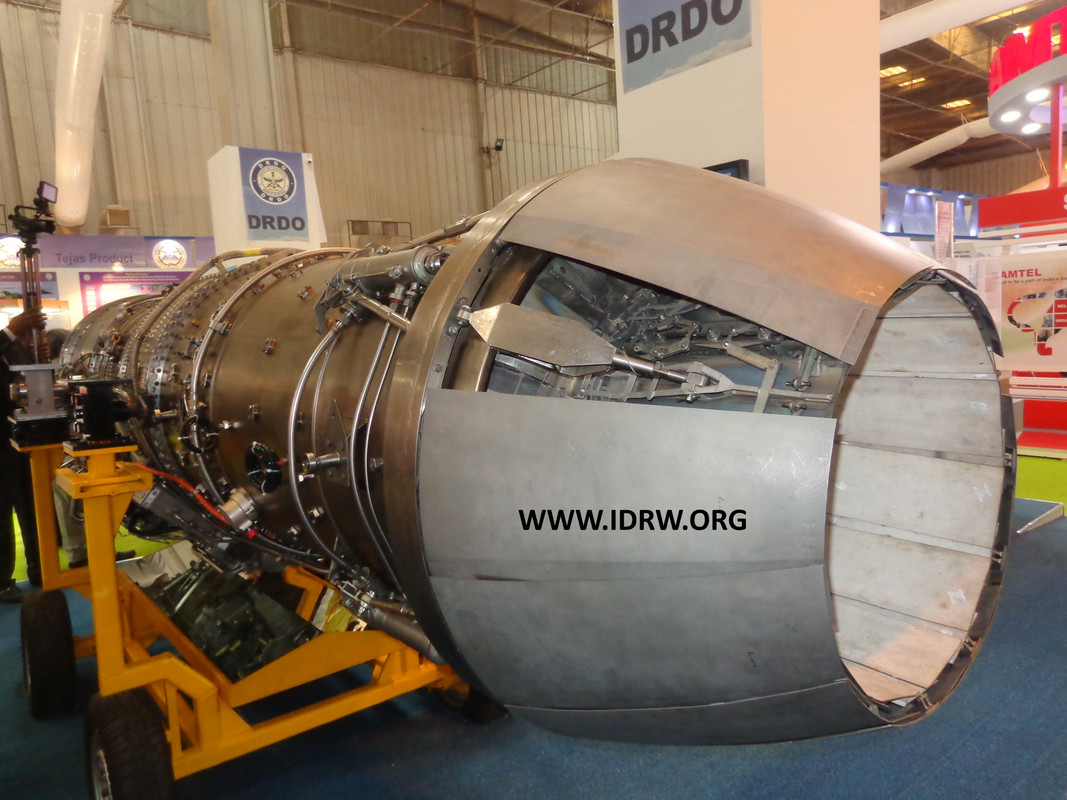
India’s long-standing ambition to develop a homegrown jet engine may soon see a significant milestone. The Gas Turbine Research Establishment (GTRE) is gearing up to demonstrate the indigenous Kaveri engine on an LCA-Tejas Trainer aircraft within the next three years. This demonstration is set to conclude nearly three decades of development on the Kaveri engine program and could offer a powerful alternative to the current engines powering the Tejas Mk1A.
The Kaveri engine program, initiated by the Defence Research and Development Organisation (DRDO) under GTRE, has faced numerous challenges and delays since its inception. However, recent advancements have brought renewed optimism. The target is to achieve an 81-83kN thrust during these demonstration flights, potentially making the Kaveri engine suitable for the second batch of Tejas Mk1A fighters.
Continue reading